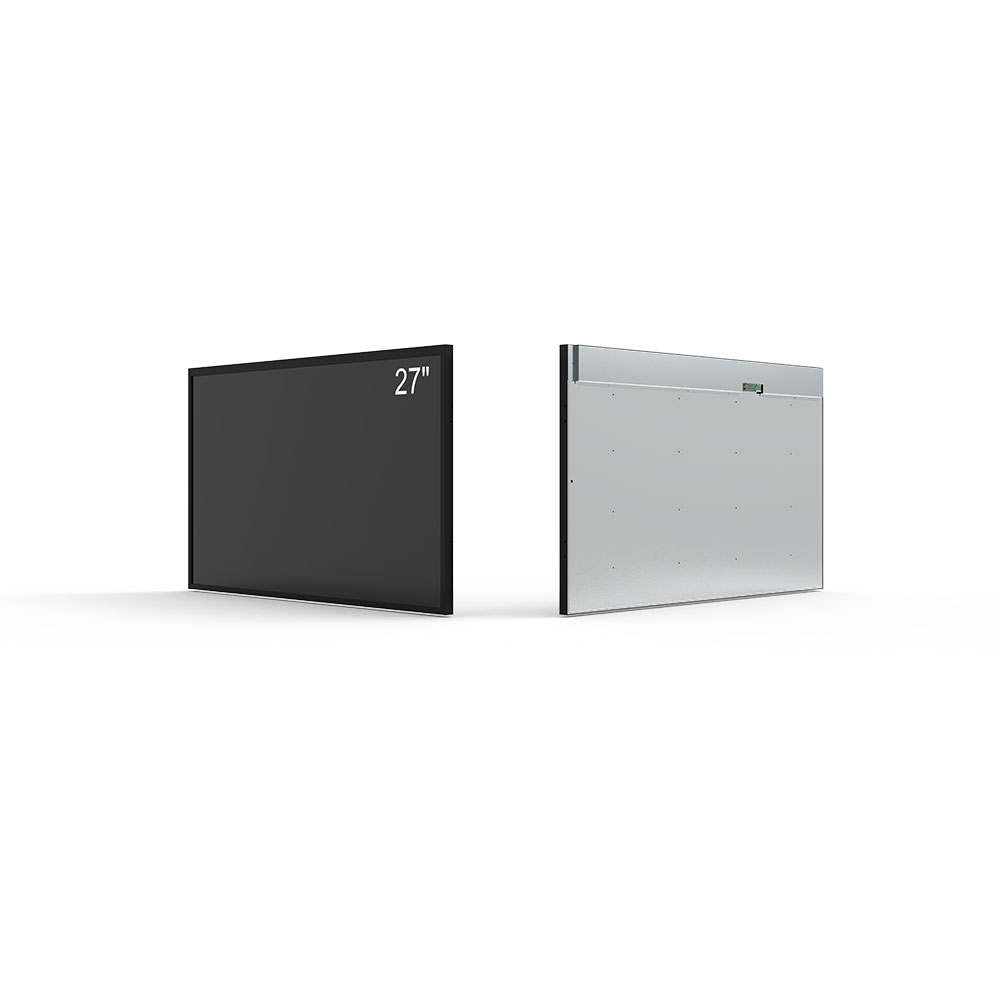In the rapidly evolving world of display technology, sunlight readable high brightness LCD screens have become a critical enabler for outdoor and industrial applications. These screens are engineered to maintain visibility under direct sunlight—a challenge that standard LCDs fail to meet due to low contrast ratios and insufficient luminance levels. As industries such as transportation, military, healthcare, and retail increasingly adopt ruggedized displays in harsh environments, the demand for reliable, high-brightness solutions continues to rise.
The core principle behind sunlight readable LCDs lies in their ability to produce sufficient luminance (typically 3,000 to 10,000 nits) while minimizing glare and optimizing contrast. Unlike conventional LCDs limited to 250–500 nits, these specialized displays utilize advanced backlighting technologies—such as LED arrays with optical diffusers, polarized films, and anti-reflective coatings—to ensure readability even under full sun exposure. For instance, the MIL-STD-188-137B standard outlines environmental resilience requirements for military-grade displays, including temperature extremes, shock resistance, and humidity tolerance—all of which are integral to sunlight-readable performance.
One key innovation is the use of transflective liquid crystal layers. In transflective mode, the screen combines both transmissive (for indoor lighting) and reflective (for sunlight) properties. This dual functionality allows for adaptive brightness adjustment: in bright conditions, ambient light reflects off the internal layer, reducing power consumption; in low-light settings, the backlight activates fully. Studies conducted by Display Week 2023 show that transflective panels reduce energy usage by up to 40% compared to traditional backlit LCDs while maintaining optimal visibility across diverse lighting scenarios.
Another essential component is the integration of active matrix addressing systems (AMOLED or TFT-LCD), which enhance pixel response times and minimize motion blur. For applications like vehicle dashboards or medical imaging equipment, where real-time data visualization is crucial, fast refresh rates (60Hz+) and precise color accuracy (≥90% NTSC gamut) are non-negotiable. The IEEE Transactions on Consumer Electronics (2022) highlights how modern high-brightness LCDs now achieve 1ms response times through optimized driver ICs and enhanced pixel structures, enabling seamless interaction in dynamic outdoor environments.

Manufacturers like Sharp, LG Display, and BOE have invested heavily in R&D to push brightness limits without compromising longevity. Their latest models feature multi-layered glass laminates (with Gorilla Glass or similar chemically strengthened surfaces) to resist scratches and impacts. According to a case study published by CIO Review in 2023, a logistics company deployed 5,000 units of 7-inch sunlight-readable LCDs in fleet management systems, reporting a 67% reduction in maintenance costs over two years due to improved durability and reduced screen failure rates.
Additionally, smart dimming algorithms play a pivotal role in extending battery life and enhancing user experience. Adaptive brightness control adjusts luminance based on ambient light sensors and usage patterns—a feature especially valuable in portable devices like handheld scanners or field service tablets. The IEC 60601-1-2 medical device standard mandates electromagnetic compatibility (EMC) compliance, making it essential for outdoor medical displays to integrate noise-filtering circuits alongside high-brightness modules.
Despite advancements, challenges remain. Heat dissipation in high-luminance configurations can lead to thermal stress on components, potentially shortening lifespan. Engineers address this by incorporating microfluidic cooling channels or thermally conductive adhesives between the PCB and housing. Furthermore, cost remains a barrier for mass adoption in budget-sensitive sectors like education or small-scale agriculture. However, economies of scale and modular design approaches—such as interchangeable front panels—are gradually lowering entry barriers.
Looking ahead, future developments may include quantum dot-enhanced backlighting, which promises higher color purity and efficiency. Research from the University of Cambridge’s Department of Engineering (2024) demonstrates how QD-LEDs can boost peak brightness beyond 10,000 nits while consuming less power than traditional white LEDs. Coupled with AI-driven image enhancement software, these innovations will redefine what’s possible for outdoor digital signage, kiosks, and smart city infrastructure.
For businesses seeking long-term value, investing in sunlight-readable high brightness LCDs isn’t just about visibility—it’s about operational resilience, safety, and ROI. Whether it’s an airport baggage system, a construction site monitoring tool, or a solar-powered weather station, the right display ensures mission-critical information remains clear, accessible, and actionable regardless of environmental conditions.







